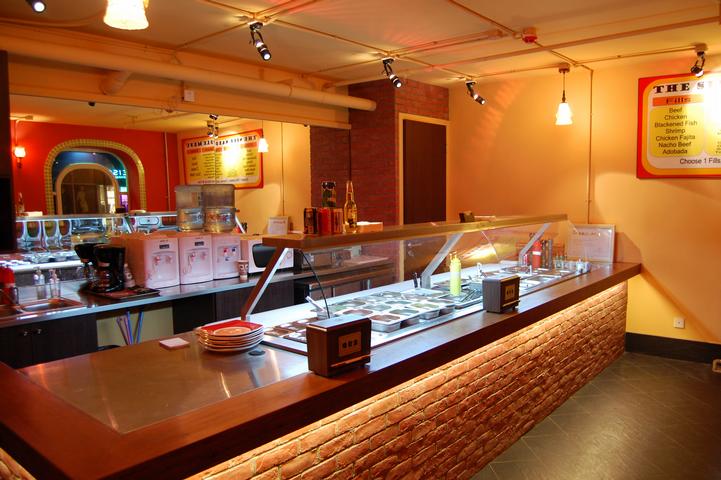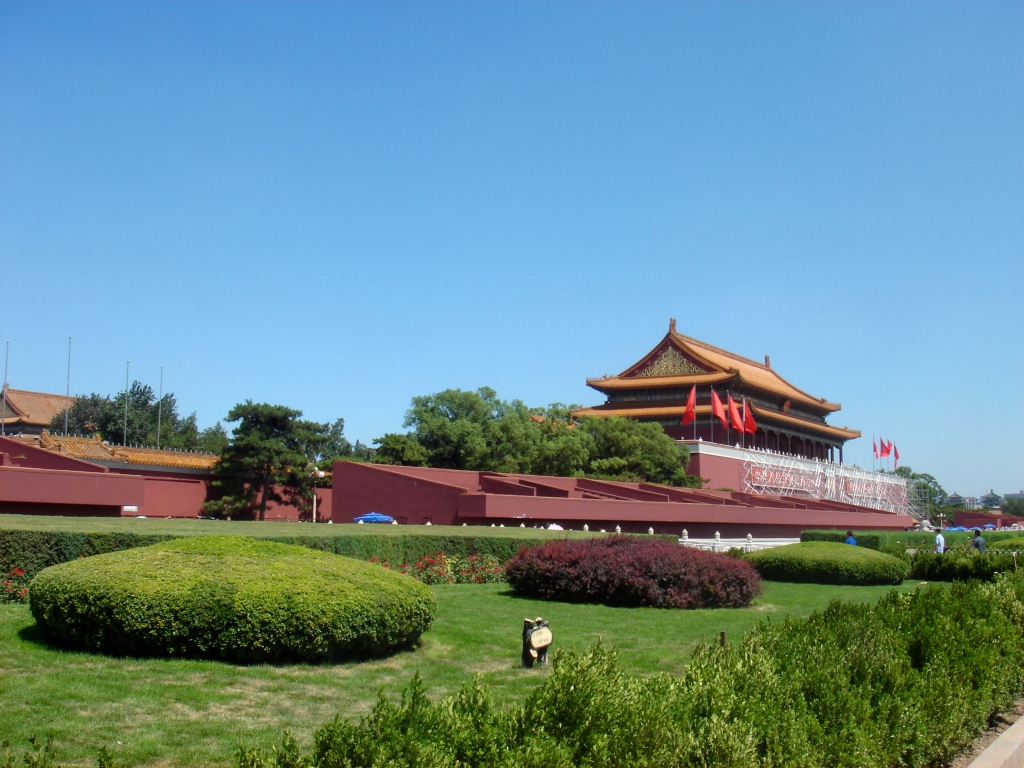
Why go
China is becoming a huge hotspot for international tourists who are lured by its exotic appeal and their curiosity about a country they’ve heard so much about on the news. As China’s capital city, Beijing is the epicenter of Chinese life, with a bustling nightlife scene, lots of upscale international cuisine, a budding art district and, of course, millenia of history. I’ve been to Beijing three times and had three very different experiences depending on the way I travelled, whether as part of a group tour or on my own. Probably the best thing about travelling to Beijing, and China in general, is the cost. A 5-star hotel will run you a fraction of Western prices, you can eat an amazing top quality dinner for just a few dollars and enjoy traditional Chinese cultural shows for mere pennies.
Beijing Insider Tips
- You don’t necessarily need to rely on a tour guide to get you around Beijing, as many of the higher end hotels, restaurants and sightseeing destinations now have services in English. Get a good quality map before you go (Insight Fleximaps are handy) and outline a few of the sights you’d like to see. Most are accessible by public transport, such as the subway.
- Try out some of the local food. Many foreigners that visit China are afraid to try the local cuisine, but it is, in my opinion, one of the best things about China. Look for bright restaurants that are busy with locals and street food vendors that cook the meal right there for you. Avoid places where food has been sitting out.
- If you’re on a budget, the Beijing Subway is a great way to get around the city for cheap. The subway went through a big expansion for the 2008 Olympics and is continually adding new lines each year.
- Don’t visit Beijing in August or during Chinese New Year, which falls during January/February every year. These are the times when all of China goes on vacation, and their number one destination is Beijing. Furthermore, the weather at those times is horrendous. The best time to visit is during autumn or spring.
- Make a habit out of picking up business cards at places you might want to go, such as your hotel. Usually, these cards come equipped with a map and the address in Chinese, which can be really useful for directing a taxi driver to your destination or getting directions.
- Carry cash, as many places in China, especially small shops and restaurants, do not accept credit cards. Furthermore, ATMs can be unreliable about accepting Western cards. Look for large branches of the Bank of China or the Industrial and Commercial Bank of China (ICBC).
Where to stay
I am a hosteller, but I dislike unclean, crowded backpacker joints. The Leo Hostel holds up against any quality hostel I’ve stayed at in Europe. It is located in an old Hutong (alleyway) district of Beijing, just a couple minutes walk from Tiananmen Square and the Forbidden City. The front door steps out into a charming busy shopping alley with lots of trinket stores, food vendors and Chinese knickknacks. It is also a nice place for enjoying local cuisine, and the subway is only a short distance away. The hostel itself is a converted siheyuan, or ancient Chinese courtyard home, and still retains the Ming Dynasty style, with dark red wooden doorways and an open courtyard where light flows freely in. They have a cozy common room and a restaurant/bar where you can get a few homemade Western snacks and enjoy a cheap beer over a DVD. The staff members speak English and are pretty helpful in terms of advice about getting around, and they can book day trips to the Great Wall and the Ming Tombs.
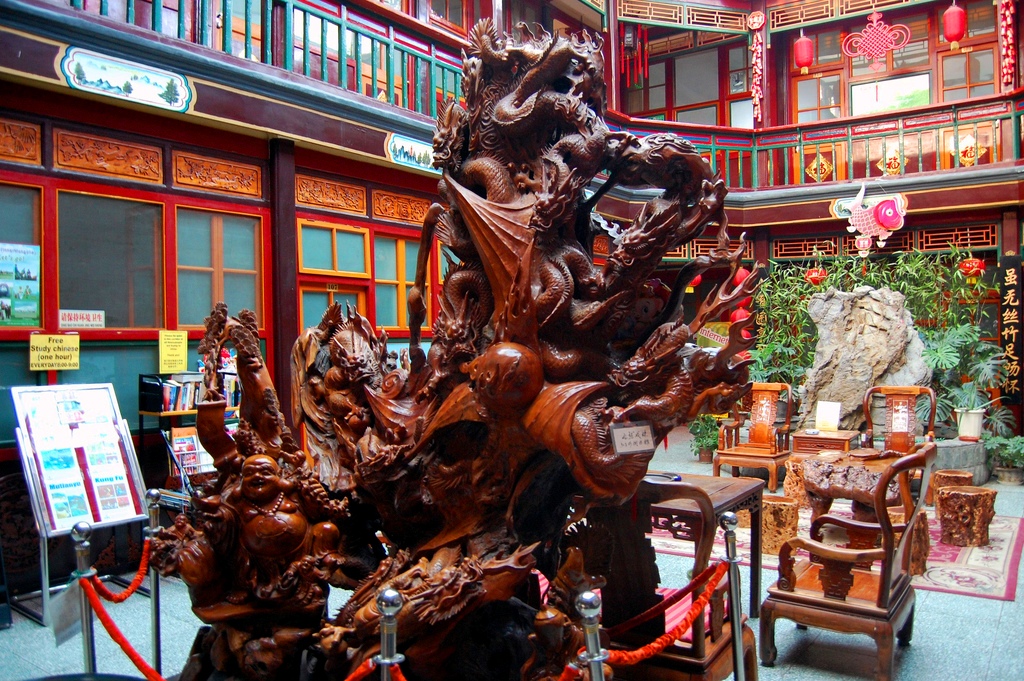
If you're looking for a splurge night after lots of hostelling, or can afford a more luxurious base in Beijing, the Raffles Beijing Hotel is a perfect choice. Raffles Hotels are a huge name in Asia and the Raffles Beijing is no exception in terms of quality or service. This is a beautiful, historic hotel that has played a significant role in several cultural and political events throughout Beijing’s history. It is located right around the corner from the Forbidden City in about as good a location as a hotel can have in Beijing. I didn’t eat at any of the restaurants, although there are two onsite. The Writer’s Bar, also onsite, is a cozy place for an expensive cocktail, but there are plenty of other places to go drinking in Beijing for a fraction of the cost. The real draw of this hotel is the extreme luxury – comfortable beds, beautiful marble stairways, soft lighting and great service. It is hard to beat the Raffles Beijing for quality of stay in the city.
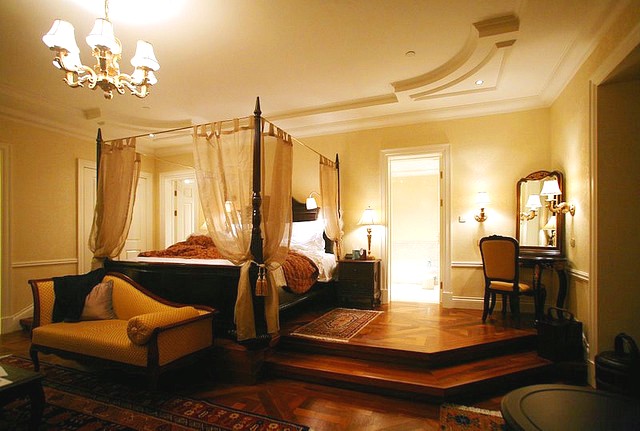
Where to eat
Roast duck is Beijing’s most well known entrée, and Dadong Roast Duck is one of the most respected Beijing Duck restaurants in the city. The original location is at Tuanjiehu, and they have expanded to a new spot (1-2/F Nanxincang International Plaza, 22A Dongsishitiao, Dongcheng District) in northeast Beijing convenient to the Sanlitun nightlife area. This expansion brought to Dadong an air of elegance not present in their original location, but it has retained the same quality of cuisine and excellent preparation that built its reputation.
The highlight of their extensive menu is, of course, the roast duck, which is extremely lean and, when prepared over the Dadong spitfire, is incredibly delectable. An order will feed two and comes with pancakes and a series of garnishes. The duck is brought to your table and carved by a trained chef, while an additional server prepares your first pancake to perfection.

Dongbei Ren (1A Xinzhong St., Dongzhimen Outer District) which means “Northeastern People”, is a Manchurian-style restaurant that specializes in the food of China’s far northeast provinces, especially dumplings. Typically eaten during Chinese New Year, dumplings are simple snacks: noodle pockets with delightful fillings. Dongbei Ren has a bright, cheerful atmosphere where the servers are dressed in traditional costumes and, during peak hours, they clap and sing, enhancing the already lively ambiance. This is a great lunch spot and it’s very near Dongzhimen subway station. The only disadvantage to eating at Dongbei Ren is that the food sometimes takes awhile to arrive, so only go there if you aren’t starving or in a hurry. For a great, timeless dish, try the celery dumplings and wash it down with a cold Yanjing beer.

I am a skeptic when it comes to Mexican food outside of places with large Mexican populations. So, I was surprised when I happened into The Side Saddle (1/F South Wing, Nali Patio, 81 Sanlitun Rd. North, Chaoyang District) little burrito joint in Sanlitun, Beijing’s main nightlife area. You simply choose from a vast array of fillings, they roll up a monster burrito, grill it for a few minutes and away you go. I couldn’t believe how tasty and authentic these burritos were, and I loved the fact that I could choose what I wanted, and more importantly what I didn’t want to go into my burrito. The burritos go for about $5 a pop and there are almost no seats inside and a few seats outside on their tiny patio. They also offer some of the cheapest pints of Qingdao in the city – ¥5 (.50 cents)! Makes for a great starter or ender to a night out exploring the bars in Sanlitun.
What to see
I doubt I need to convince you of why to visit the Great Wall of China – one of the wonders of the world and the top tourist destination in China (and indeed, one of the most popular in Asia). The Wall is split into many parts, and the main visitation areas are in the mountains north and west of Beijing. It is fairly easy to book a trip to the Wall by simply asking at your hotel’s concierge or hostel desk. Conversely, if you’re adventurous, you can head there on your own via train.
There are three main areas of the Wall to visit: Badaling, Simatai and Mutianyu. Badaling, although the most accessible of the three, is also the most touristy, with lots of annoying vendors, hawkers and even a cheesy camel ride at the top. If you opt to go to one of the other two, you are much more likely to have an authentic experience with fewer crowds and more photo opportunities.
There are also many tour companies that will take visitors to lesser-known areas of the Wall, like Jiankou and Xiangshui Lake, some of which have not been restored (meaning that they have not been rebuilt and are crumbling or weed-covered in parts). These hikes are much more rigorous than the average Great Wall visit, some lasting several hours and taking you over rugged terrain. The views from these areas of the Wall, though, are absolutely spectacular and worth the strenuous effort you must put in to get to them.
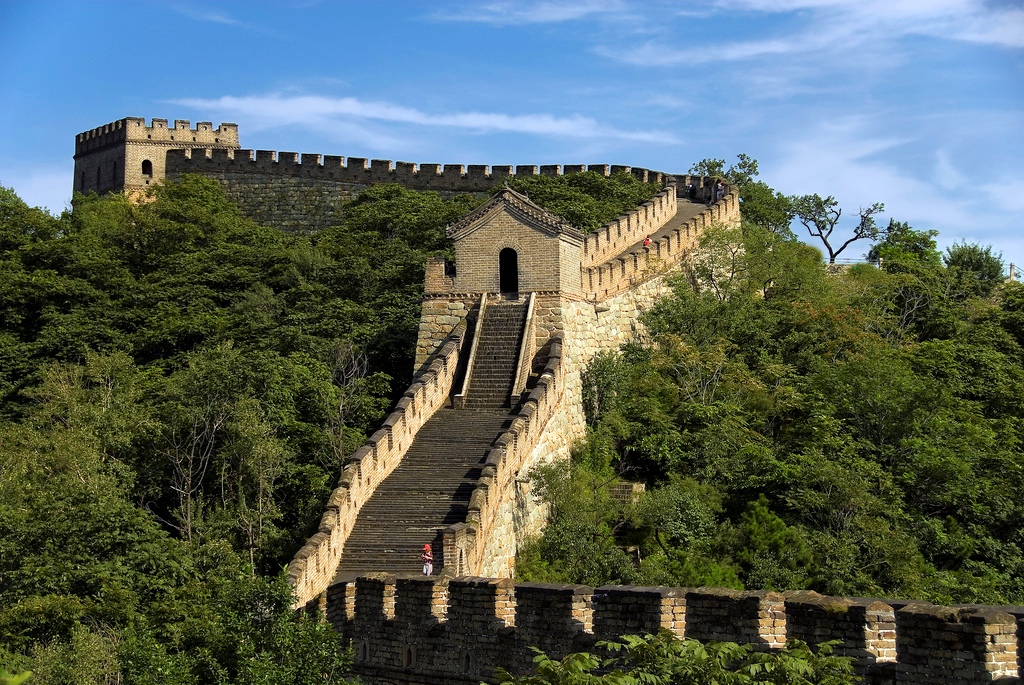
The subject of much controversy and fame throughout history, the infamous Tiananmen Square and its historic palace neighbor, the Forbidden City, are two interconnected spots that every tourist must visit while in Beijing. There isn’t actually much to do in Tiananmen Square except line up at dawn for the free access to Mao Ze Dong’s grave. Really, Tiananmen Square is simply a place to stand and look, for it is so large as to be almost overwhelming as you stand in the center.
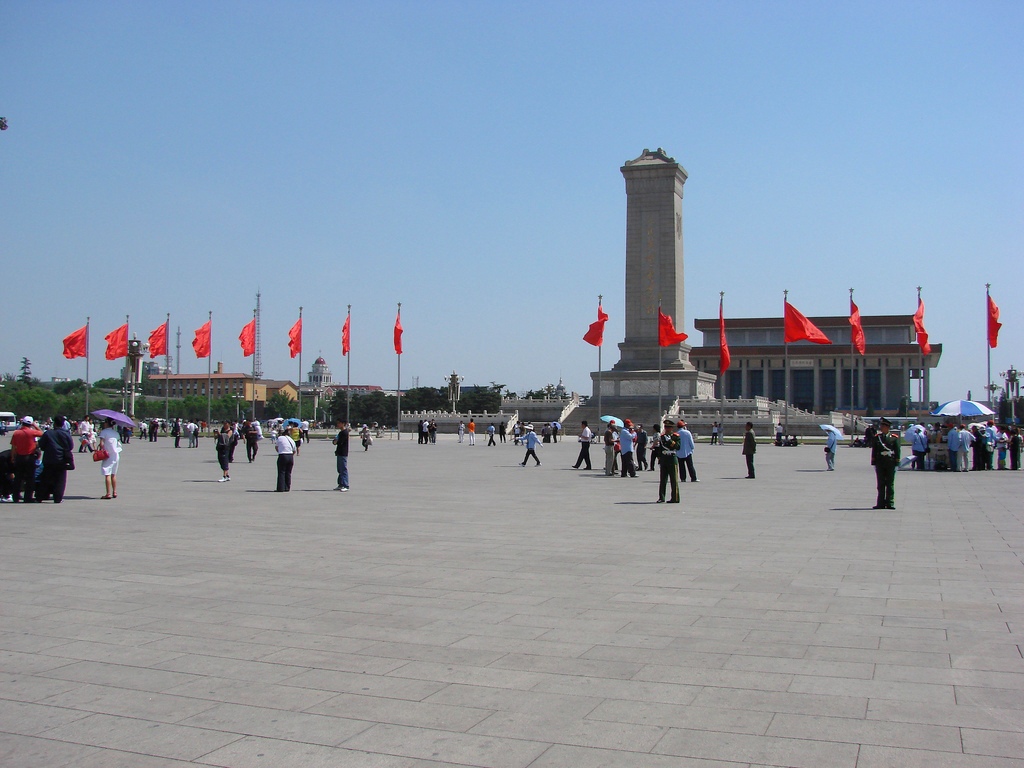
Sitting directly to the square’s north is the Forbidden City, which has always been the seat of power and government in China. Once the veritable home of the Emperor, it is now a massive life-sized museum, built as courtyards within courtyards, each smaller than the next as you head north. Though at one time, only the elite members of the Emperor’s staff were allowed into the inner sanctum, now visitors from around the world can see the elegant gardens where once only the Emperor and his family were allowed. A majestic work of architectural art, the Forbidden City is a nod to the Chinese habit of displaying power through massive edifices.
A lot of fanfare and controversy surrounded the 2008 Summer Olympics, which were held in Beijing. China put millions of yuan into building some of the most groundbreaking, contemporary edifices on earth, some of which have now become icons of the Chinese capital. The Beijing Olympic Green, situated in the north part of Beijing, is where the main buildings and sporting arenas stand, and it is worth a trip there to see the odd maze of twisted steel that is the Bird’s Nest, the main stadium, as well as the strangely eco-friendly Water Cube, a self-sufficient swimming center that uses architectural solar technology to heat the Olympic pools. It doesn’t actually cost to simply walk around the grounds, which are totally open to the public (and a very popular tourist destination), but it’s worth it to buy a ticket into the Water Cube to experience the odd warmth generated from the building’s plastic exterior, and to get an up-close look at the Olympic swimming pools and diving boards.

Need Award Booking Help? Our fee is as low as $75 per ticket if you book your hotel through us.
If you enjoyed this, join 100,000+ readers: please follow TravelSort on Twitter or like us on Facebook to be alerted to new posts.
Become a TravelSort Client and Book 5-Star Hotels with Virtuoso or Four Seasons Preferred Partner Amenities!
